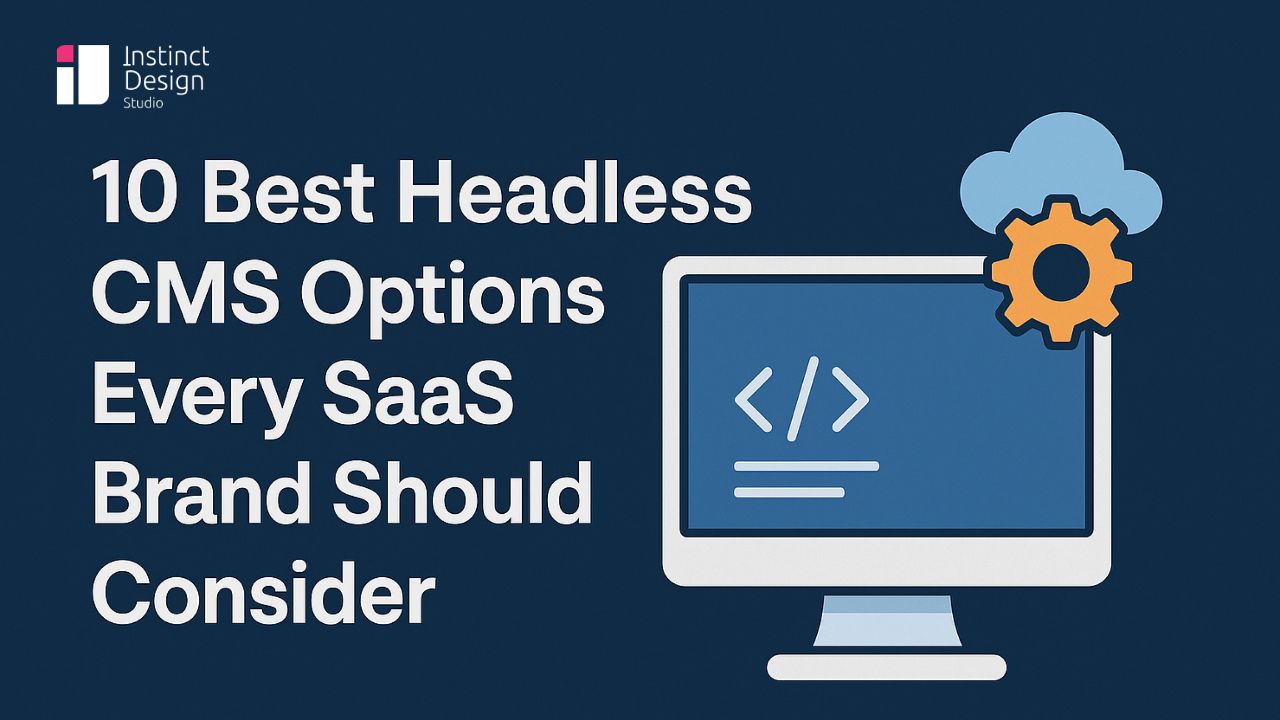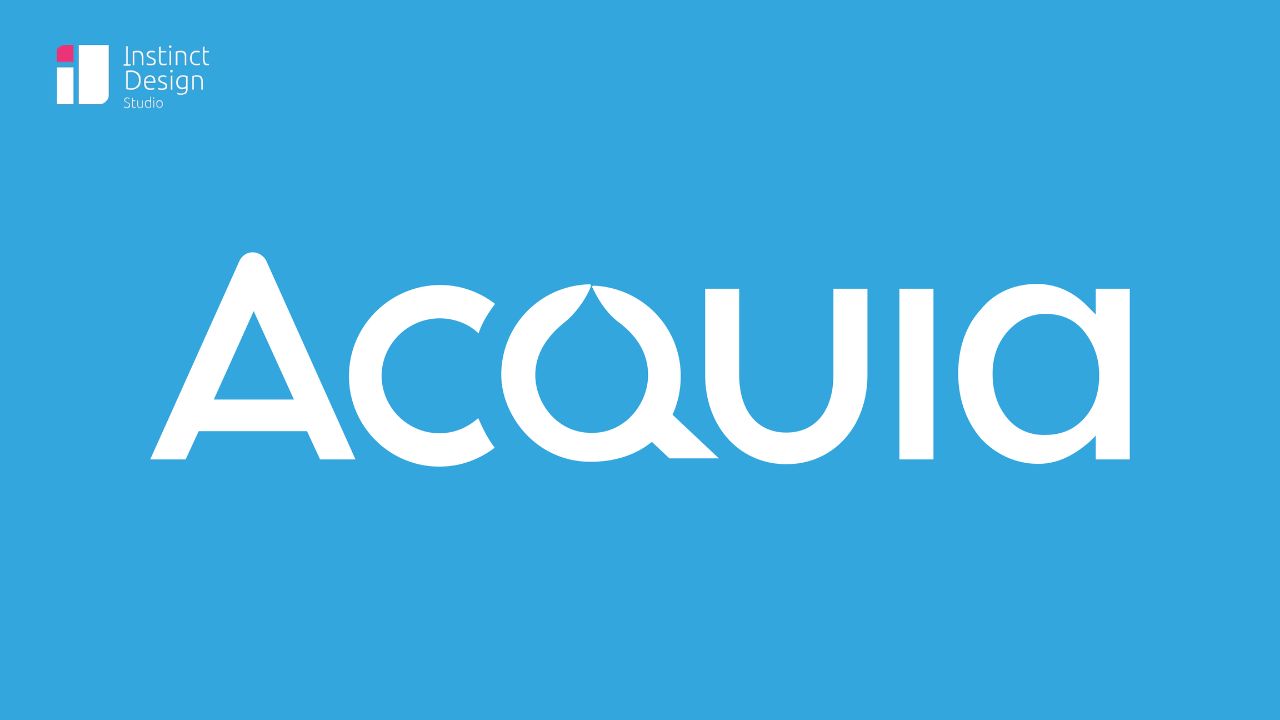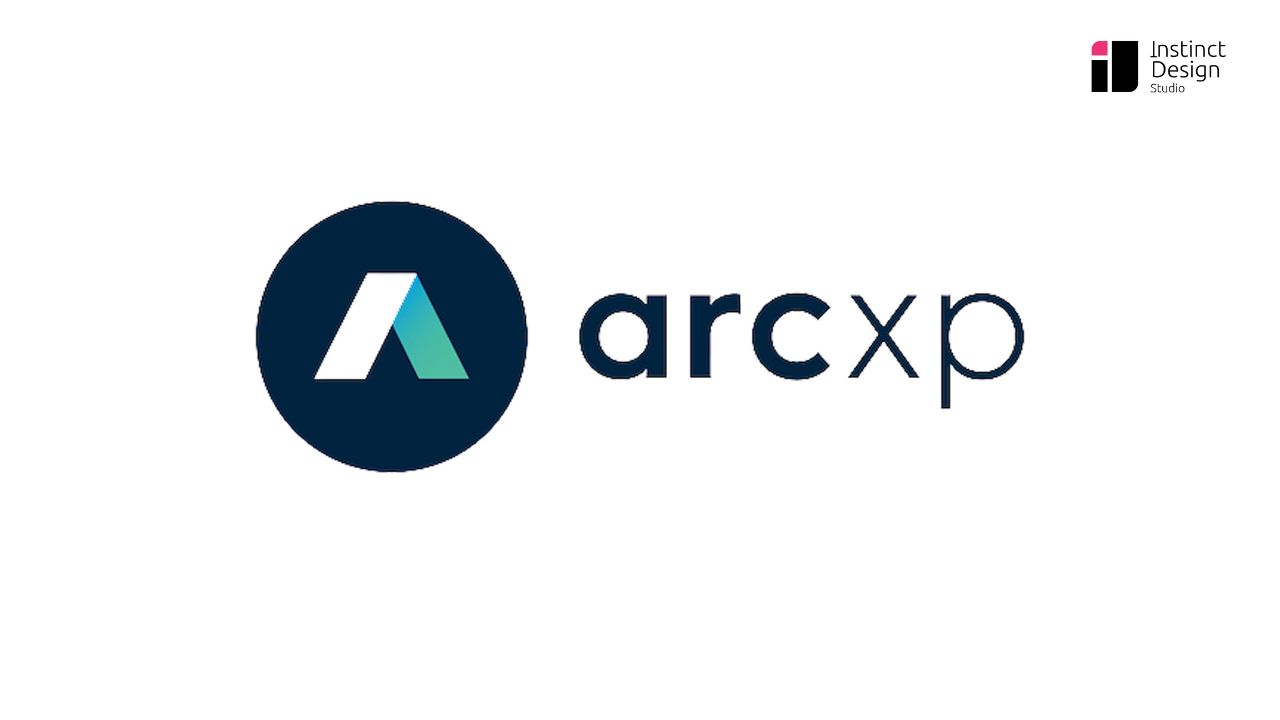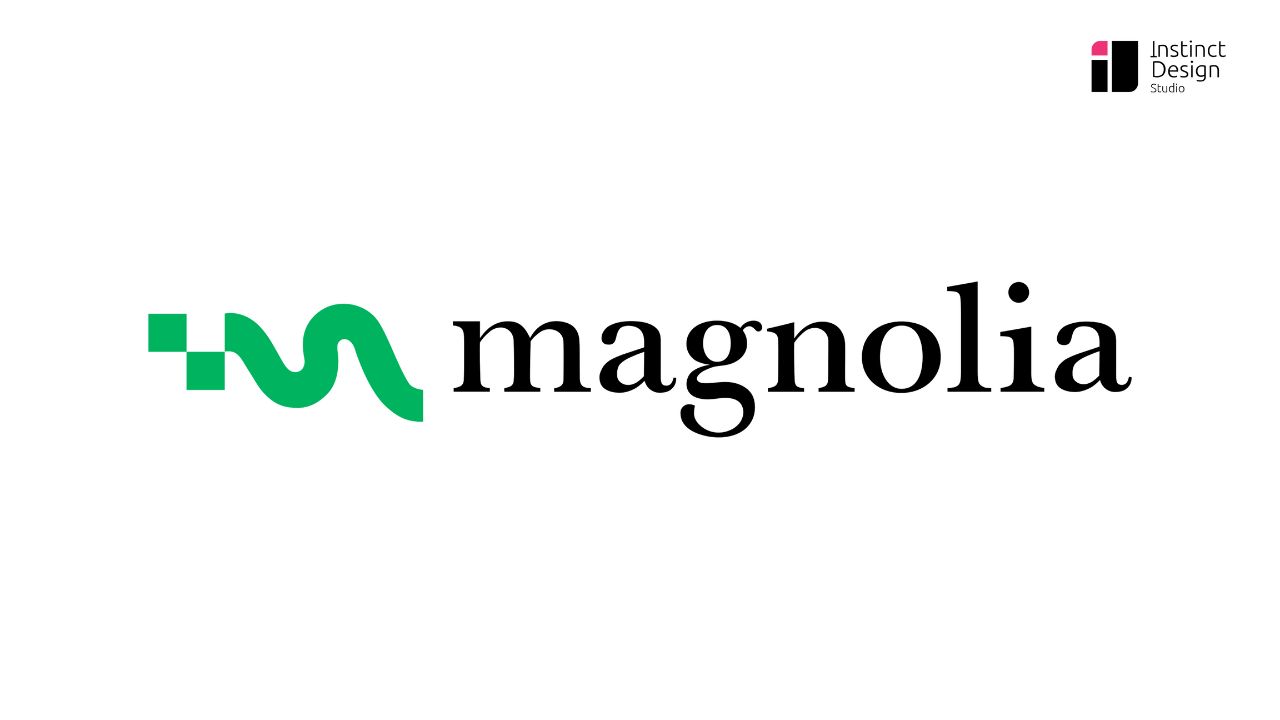
Choosing the right headless CMS is crucial for SaaS companies struggling to build a robust online presence. The best SaaS Content Management System not only simplifies content creation and management, but it also supports businesses to adapt to the changing user demands.
With growing omnichannel strategies, implementing scalable CMS for SaaS startups becomes important to confirm a uniform, adaptable experience across all digital platforms.
When going through this process, companies must focus on current UI/UX design trends to gain a competitive edge and improve user engagement.
TL;DR
- Headless CMS is ideal for SaaS companies aiming for scalability, speed, and multi-channel content delivery.
- The separation of content and front-end design enables more flexibility and faster updates.
- Choosing the right CMS depends on factors like API capabilities, ease of integration, developer-friendliness, and personalization features.
- Top options include Acquia DXP, WordPress VIP, Strapi, Sanity, Contentful, ButterCMS, Ghost, Arc XP, DotCMS, and Magnolia.
- Each CMS caters to different use cases—from agile startups to large digital enterprises and media organizations.
- Most headless CMS platforms offer powerful APIs, real-time collaboration, scalability, and SEO support.
- Content modeling and integration with modern tools (e.g., GraphQL, JAMstack, Salesforce) are essential considerations.
- SaaS brands should evaluate CMS options via demos, case studies, and user communities before committing.
- A headless approach enhances UX design, marketing agility, and omnichannel consistency.
10 Best Headless CMS SaaS Companies of All Sizes Should Consider
Here is our expert-selected lineup of SaaS CMS platforms. Each is carefully analyzed for flexibility, performance, reliability, and ease of integration. Check them out:
1. Acquia DXP

Acquia DXP is a comprehensive digital experience platform that blends open source flexibility with headless CMS capabilities to deliver personalized and scalable customer experiences.
Key Features:
- Headless architecture
- Extensive personalization options
- Smooth integration with leading marketing tools
- Robust APIs
- Support for versatile development languages
Acquia DXP is suitable for startups, growing mid-size businesses, and enterprises.
Pros | Cons |
Advanced personalization | Dependency on Drupal’s ecosystem |
Scalability | May involve a steeper learning curve |
Integration flexibility |
|
Ideal Use Case: Acquia DXP is best suited for enterprises and agile teams. It is mainly beneficial for those seeking robust digital strategies, efficient marketing integrations, and dynamic, headless content management.
2. WordPress VIP

WordPress VIP stands out as a top headless CMS that leverages a single-stack solution to provide advanced customization, dependable security, and agile content delivery.
Key Features:
- A flexible front-end agnostic framework
- Strong API support
- Integrated security
- Performance optimization
- Seamless connection with major platforms
WordPress VIP is suitable for enterprises, agile startups, and growing mid-sized companies.
Pros | Cons |
Unparallel customization | Integration complexity |
Scalability | Ecosystem reliance |
A familiar WordPress interface |
|
Ideal Use Case: This headless CMS is best for brands seeking a fully decoupled CMS that streamlines content creation, enhances user experience, and supports advanced marketing integrations.
3. Strapi

Built with Node.js, Strapi is a versatile open-source headless CMS. It prioritizes developers by providing efficient API management, dynamic customization, and streamlined content delivery across channels.
Key Features:
- A user-friendly admin interface
- A thriving plugin ecosystem
- Digital asset management
- Dual API support (REST & GraphQL)
- Improved with robust security and configuration options
Strapi is suitable for enterprises, creative agencies, and innovative developers.
Pros | Cons |
Unparalleled flexibility | It can be a steep initial setup |
Comprehensive documentation | The back-end interface may require further refinement |
Modern API integration |
Ideal Use Case: It is perfect for tech firms and small businesses needing a content management platform for agile experiences.
4. Sanity

Sanity is a dynamic headless CMS that empowers teams through real-time collaboration and advanced version control. It streamlines content delivery across channels.
Key Features:
- A powerful WYSIWYG editor
- The innovative Sweet Query API
- Robust security protocols
- Flawless integration with Google Maps and Vimeo
Sanity is suitable for enterprises, agile teams, and creative agencies.
Pros | Cons |
Unparalleled real-time collaboration | Somewhat intricate configuration process |
Extensive integrations | Moderate learning curve for newcomers |
Ideal Use Case: Sanity is great for forward-thinking teams and SaaS product ventures. It would work great for companies aiming to leverage a robust content management platform for agile, real-time digital operations.
5. Contentful

Contentful is a leading API-first headless CMS. It transforms content management with fast RESTful API delivery, extensive content modeling, and optimized caching for near-instant performance.
Key Features:
- A robust rich-text editor
- Highly customizable content models
- Built-in JSON support
- Flawless static site generator integration
- Efficient CDN-based caching
Contentful is suitable for modern enterprises, developers, and marketers.
Pros | Cons |
Powerful API integration | Complex configuration |
Rapid content delivery | It may be less intuitive for marketing teams |
Flexibility |
|
Ideal Use Case: Contentful is best for organizations creating custom content structures that require agile, API-first workflows across web, mobile, and other digital platforms.
6. ButterCMS

ButterCMS is a lightweight, SaaS-based headless CMS. It streamlines content creation and marketing strategies by integrating essential third-party tools for dynamic page development.
Key Features:
- API-first architecture
- SEO-friendly URL generation
- Robust SDK support
- Fast content delivery via caching
- Built-in content marketing tools
ButterCMS is suitable for small teams, modern publishers, and agile startups.
Pros | Cons |
Simple configuration | Reduced customization for intricate workflows |
Effective SEO support | Periodic feature limitations |
Rapid API performance |
|
Ideal Use Case: It is perfect for startups targeting rapid deployment with a proven content management system. Moreover, it suits enterprise companies seeking efficient digital content strategies.
7. Ghost

Ghost is an open-source CMS crafted for content-heavy websites and independent publishers. It offers robust API integration, intuitive editing, and seamless SEO optimization.
Key Features:
- A built-in front-end theme layer
- Flexible integration with JAMstack generators
- Customizable design
- Effective digital publishing tools
Ghost CMS is suitable for bloggers, digital creatives, and publishers.
Pros | Cons |
A smooth back-end publishing experience | Limited default headless functionality |
Effective SEO | Fixed theme system for non-technical users |
Rich media capabilities |
|
Ideal Use Case: Perfect for innovative agencies and startups; Ghost empowers marketing sites and API-driven web apps. As a headless SaaS CMS, it supports robust product designing services for truly compelling, visual content.
8. Arc XP

Arc XP is a cloud-based headless CMS and SaaS platform created by the Washington Post. It empowers media companies to deliver immersive, scalable customer experiences.
Key Features:
- Powerful RESTful and GraphQL APIs
- Supports multiple programming languages like React.js, Python, Go, Java, and Node.js
- Arc XP is suitable for large publishers, digital enterprises, and media companies.
Pros | Cons |
Advanced publishing workflows | Limited appeal for small businesses due to its complex enterprise integrations |
Immersive digital tools |
Ideal Use Case: It is best for media organizations seeking an enterprise-ready CMS to enhance multi-channel storytelling and digital engagement.
9. DotCMS

DotCMS is a hybrid content management system built on Java. It offers both headless delivery and traditional authoring modes to empower marketers to create scalable, content-driven applications.
Key Features:
- Strong GraphQL and native REST API support
- An intuitive drag-and-drop editor for content modeling
- Flawless integrations with marketing automation, ecommerce, and AI platforms
DotCMS is suitable for marketers, developers, and publishers.
Pros | Cons |
Include flexible hybrid functionality | Limited preset themes |
Scalability | Involve a steeper learning curve for advanced integrations |
Ease of use for non-technical users |
|
Ideal Use Case: It is perfect for budget-conscious marketers seeking a self-hosted headless CMS platform that supports dynamic content strategies for modern online publishing.
10. Magnolia

Magnolia offers enterprises a streamlined platform for managing digital experiences. It combines longevity with flexible deployment and robust integrations for effective content operations.
Key Features:
- Utilize Apache Jackrabbit, Git, Maven, Java, and NPM
- Powerful REST API support
- Leading solutions like CommerceTools, Salesforce, and SAP Commerce
Magnolia is ideal for digital publishers and large enterprises.
Pros | Cons |
Extensive integrations | It’s a limited admin panel that may require custom coding for advanced configurations |
Reliability and scalability across digital channels |
|
Ideal Use Case: Magnolia is suitable for enterprises managing multiple websites, delivering consistent digital experiences while leveraging a reliable, scalable content management platform.
Decoding the Perfect CMS: Your Ultimate Guide
Explore our step-by-step guide on evaluating performance, flexibility, and scalability to help you choose the right CMS for a seamless digital experience.
Get expert advice today!Why should SaaS companies consider using a Headless CMS?
A headless CMS gives SaaS companies a modern way to manage and publish content while keeping design and content work separate. This separation means content can be updated and published faster, and teams have more freedom to choose the best tools for their front-end needs.
Key benefits are:
- Quick updates and fast display of content on various digital platforms.
- Freedom to work on content and design independently.
- Support for new tools and practices, such as UX journey mapping for better user experiences.
- Fewer restrictions from traditional CMS setups.
Final Thoughts on Best Headless CMS for SaaS
Ready to explore further? Test a few recommended headless CMS options with demo accounts to see how well they integrate with your SaaS product stack. Check out case studies for real-world insights and join user communities to gather feedback before making your final choice.




